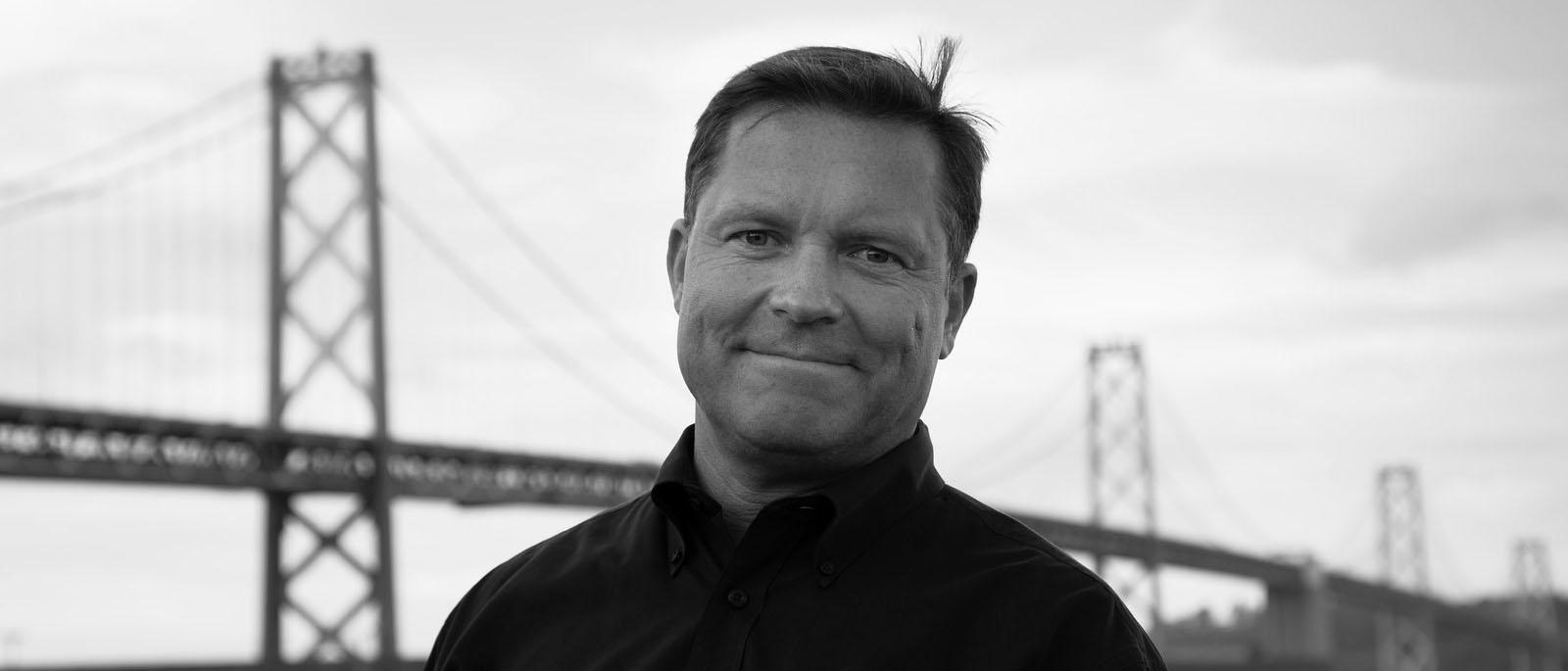We had the pleasure to sit down and have a quick chat with one of our Silicon Valley-based coaches, Mårten Mickos, CEO of HackerOne, the world’s most popular bug bounty platform. Mickos is a serial entrepreneur best known for his success as the CEO MySQL, the world’s most known open-source software, which was sold to Sun Microsystems in 2008 for $1 billion. Mickos has been coaching at Startup Sauna since the very beginning and is passionate about helping young and ambitious founders.
Q: What were the biggest mistakes you did back when you were just starting your career?
M: Oh, there are so many! Perhaps what was good was that I indeed made many mistakes, and after a few failed attempts, I learned something. Still today, 30 years later, I can feel in my skin the pain of my past failures, and this feeling helps me avoid some (but not all) new failures.
I’ll give you a few examples. As we were starting our first company at the age of 25, we had a professor and mentor who was ready to become an advisor if we offered him 1% of our equity. We were so cocky that we didn’t want to give away any shares. The company did very well, but it would probably have grown even faster under the advice of this great professor. Since then I have learned that it’s not what’s before the percent sign, it’s what’s after the dollar sign. Don’t obsess with equity percentages, but go for the biggest possible business growth.
We, the three founders, owned 100% of a reasonably successful company, but we could have owned 99% of a highly successful company.
Another mistake was to jump too quickly to conclusions and to base decisions on introspection. What we should have done was more real-life testing with customers. A/B testing is powerful. We could have done more of it.
Q: Have there been times when you’ve looked back and laughed at some of the bigger mistakes you’ve done? Are you brave enough to share any?
M: I have learned that laughter is good for your health. Given how many mistakes I have made, I realized that I should laugh at them afterwards. It allowed me to learn from my mistakes, forgive myself for them, and ensure that stress and worry do not infest my mind.
In 1999, I was invited to join MatchOn Sports as co-founder and head of sales, and I eagerly did so. We couldn’t find a CEO, and soon my co-founders and the VCs suggested that I should take that role. I agreed under the condition that we would later hire a professional CEO who knew the business area deeply. Everyone agreed. But six months into my job, everyone was so happy with my performance that we collectively agreed that I would continue as CEO. It was a big mistake. My lack of experience in sports and betting became a hindrance to success. Perhaps I was a great CEO in other respects, but I was not skilled enough to bring the company to the next level. My early success in the CEO role blinded the VCs, my co-founders and myself.
Now, years later, I can laugh at that situation and I have become much more aware of my strengths and weaknesses.
Q: How does leading a big company differ from leading a startup?
M: I would say that the art of leadership is similar in large and small organizations, but the practicalities of operations and governance are different. In a large organization, you must focus on consistency to make the team productive. In a small organization, you focus on agile problem-solving. In a large organization, governance and administration take up more time than in a small one. But the act of leading people is pretty much the same. You must do your utmost to enable your team to reach their goals and succeed.
Q: Which sounds more fun to you now: spending six months fundraising full time or spending two years in a very high-paying corporate job, and then bootstrapping your company with the money earned?
M: Both models are fun, and I wouldn’t necessarily compare them as apples to apples. When you raise funds from VCs, you put your company on a particular trajectory where you give up control for a higher overall upside. When you bootstrap a company you put it on a trajectory where you have full control but perhaps an upper limit to how big it can get.
As for my preferences, I like to know that my work is a service to someone. It’s a service to the employees who can experience a fulfilling career. It is a service to the customers who get a huge benefit. And it is a service to the investors who put trust in the team and me. I love working with and for VCs.
Q: As a CEO, how do you decide when to say “no” to things?
M: A CEO has to say “no” all the time, so I focus more on how to do it than when to do it. If I say “yes”, then the person or team can be happy about the positive decision. If I say “no”, I want them to be happy about the thorough consideration I gave it, and the respectful response. Often, this leads at some point to a new and improved proposal that I can say “yes” to.
For instance, when I interview people for roles in the company, my goal is to make them employees or champions – one or the other. If they are hired, they become employees. If they are not hired (and this is the majority), my hope is that they will become champions. I invest time in building a good relationship also with those who do not get hired. If they feel good about the interview process and if they can respect my decision, they will be more likely to recommend our company to a customer or some other prospective employee. My No decision can become a path to something that’s good for everyone.
Q: How do you keep your team satisfied? How do you make sure your competitors don’t acquire your employees?
M: The mother of all professional satisfaction is results. When a team or a member of a team can see that their work produces useful results, everyone will be happy. So as their leader, my main role is to help them deliver results. I try to provide challenging goals and useful guidance. I step in when I am needed. I try to remove roadblocks. I try to help them acquire new skills and advance in their career.
As for other companies poaching our employees, attempts at this are frequent. I try to create a culture where everyone is so good that they indeed do get job offers from other companies all the time. It’s a badge of honor to be sought after by other companies! Many times we discuss openly what kind of contacts each one of us has received, and thus we create a stronger team spirit.
Q: What’s the fastest method to form a bunch of people into a fully functioning team?
M: There is no fast way to build a strong team. But there are ways that are more likely to produce a functioning team. You must start with the purpose of the team. The work must have a meaning. It can be a mission statement or a concrete goal. The team needs to unite around the purpose. Secondly, the team must work well together. This is usually the hard part. Human beings are experts at misunderstanding and then mistrusting each other. The leader needs to create an atmosphere of high expectations and mutual trust. This is what is so challenging and what takes time. Thirdly, you need to make sure you have the necessary skill sets in your team. And in all of this, you must from time to time consider removing someone from the team. There are great people who for some reason are not a good fit for a particular team. Having them on the team becomes a burden; removing them unlocks a big potential.
Q: Any final words?
M: Everyone’s professional path is unique and different. We can all derive inspiration and learn from those who have done it before. But we cannot copy someone else’s formula. We must create our own. As a leader, you must know yourself on a deep level before you can successfully lead others. You must create your formula and your path to success. You will need to question your assumptions but trust your instincts. It will never feel easy. But in moments of good results, it will feel worth every struggle you had to go through. Go for it!
Ps. Keen to learn more about Mårten Mickos’ thoughts? Check out his blog on leadership, School of Herring.
Pps. Wanna get coached by people like Mickos? Application period for the fall ’16 batch is open now: startupsauna.com/apply




